Blue Light Therapy / Photodynamic Therapy
Blue Light Therapy is known for its precision and quick recovery, making it a popular choice for various skin conditions. Our Dermatology Specialists of Charlotte providers are experts in performing this non-surgical solution for clearer, healthier skin. Embrace the transformative power of Blue Light Therapy and take the first step toward revitalized skin.
Blue Light Therapy / Photodynamic Therapy Examples
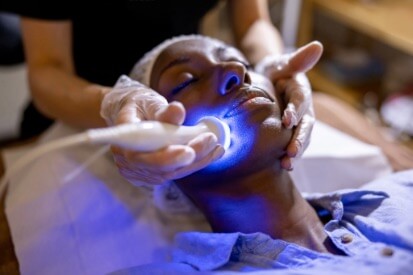
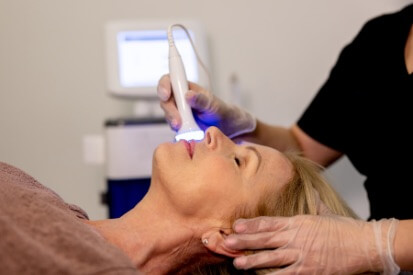
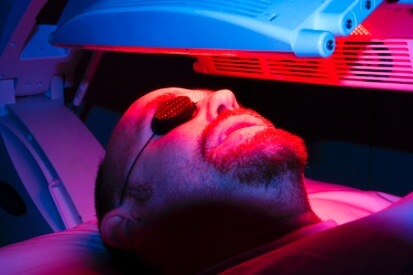
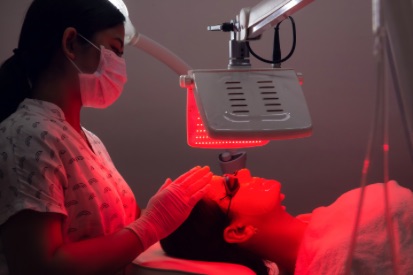
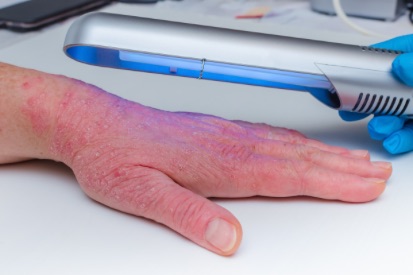
Benefits of Blue Light Therapy / Photodynamic Therapy
- Acne Reduction: Effectively targets and reduces acne breakouts.
- Skin Rejuvenation: Promotes overall skin rejuvenation and clarity.
- Minimally Invasive: Non-surgical and minimally invasive procedure.
- Precise Targeting: Targets specific areas of concern with precision.
- Quick Treatment: Typically, sessions are quick and convenient.
- Improves Skin Texture: Enhances skin texture and reduces signs of aging.
- Customizable: Can be tailored to address individual skin concerns.
- Minimal Downtime: Little to no downtime, allowing for a quick return to regular activities.
Common Side Effects of Blue Light Therapy / Photodynamic Therapy
- Temporary redness at the treatment site.
- Mild swelling, typically resolving quickly.
- Increased sensitivity to sunlight post-treatment.
- Temporary peeling or flaking of the skin.
- Mild discomfort during or after the procedure.
- Temporary itching in treated areas.
- Rare risk of Hyperpigmentation, with improper aftercare.
- Rare risk of Hypopigmentation or lightening of skin color.
- Extremely rare allergic reactions.
What to Expect at Your Blue Light Therapy / Photodynamic Therapy Appointment
Blue Light Therapy / Photodynamic Therapy Maintenance Recommendations
After undergoing Blue Light Therapy / Photodynamic Therapy, following proper maintenance recommendations is crucial for optimal results. Your dermatology provider may suggest the following:
- Sun Protection: Apply broad-spectrum sunscreen regularly, especially in the days following the procedure, to protect treated areas from UV damage.
- Gentle Cleansing: Use a mild, non-abrasive cleanser to clean the treated area without causing irritation.
- Avoid Harsh Products: Refrain from using harsh skincare products that may irritate the skin, and consult your dermatology provider before introducing new products.
- Regular Follow-ups: Schedule regular follow-up appointments with your dermatology provider to assess the healing process and address any emerging concerns.
Adhering to these maintenance recommendations ensures the best outcomes and supports the long-term effectiveness of Blue Light Therapy / Photodynamic Therapy.
Blue Light Therapy / Photodynamic Therapy Maintenance Schedule
- Following the initial treatment, a period of assessment is undertaken to evaluate the skin's response and the need for additional sessions.
- Depending on the individual's skin condition and response, a customized maintenance plan is devised by the dermatology provider.
- Maintenance sessions may vary in frequency, with some individuals requiring periodic treatments to sustain results.
- Regular consultations with the dermatology provider are advised to assess the ongoing condition of the skin and determine the necessity for further sessions.
- As skincare needs evolve, additional sessions may be recommended to address emerging concerns and maintain the efficacy of Blue Light Therapy / Photodynamic Therapy.
FAQs about Blue Light Therapy / Photodynamic Therapy
Discomfort is typically minimal, and the procedure is generally well-tolerated by most individuals.
The number of sessions varies based on individual skin conditions, but a series of treatments may be recommended for optimal outcomes.
Blue Light Therapy / Photodynamic Therapy is versatile and can be applied to various areas of the body, including the face, neck, chest, and hands.
Yes, Blue Light Therapy is effective for addressing acne on both the face and body, providing targeted treatment for clearer skin.
Blue Light Therapy is particularly effective for precancerous lesions on areas with significant sun exposure, such as the face, scalp, and hands.
From our QualDerm Family of Brands: IPL Therapy Demo
How Dermatology Specialists of Charlotte Can Help
Featured Blogs

- Cosmetic Treatments
Body contouring is quickly gaining popularity as a painless procedure to look slimmer and fitter. This procedure is done using Vanquish and has a lot of benefits.
Read More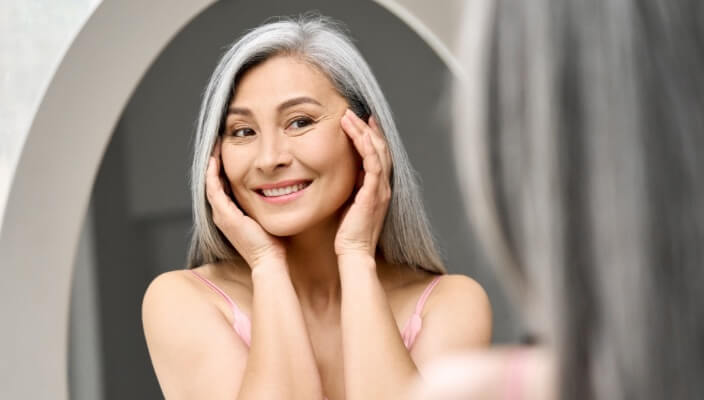
- Cosmetic Treatments
Microneedling is a minimally invasive procedure performed at Dermatology Specialists of Charlotte that does a lot better to your skin than you think. Read more about the top benefits of microneedling.
Read More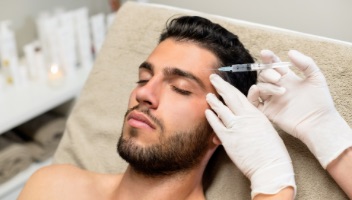
- Botox
- Injectables or Fillers
- Cosmetic Treatments
Learn more about BOTOX and it's benefits, a cosmetic treatment offered at Dermatology Specialists of Charlotte.
Read MoreFeatured Products
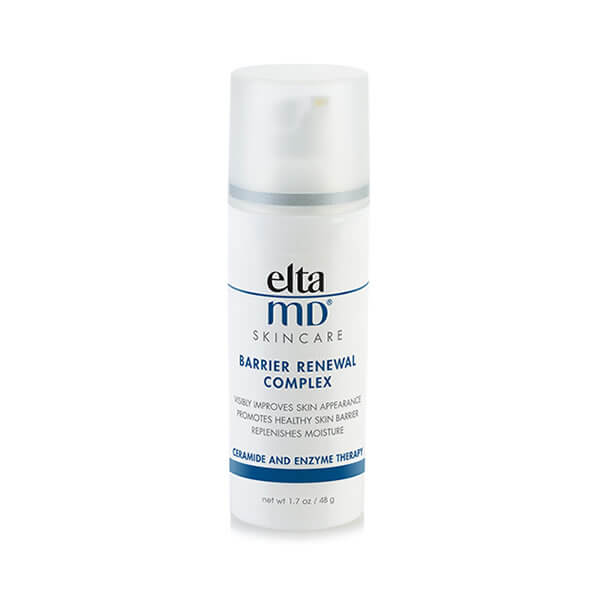
EltaMD Barrier Renewal Complex
EltaMD Barrier Renewal Complex is clinically proven to moisturize the stratum corneum and improve dry, compromised skin within 24 hours after a single application. This advanced formula works to visibly minimize the appearance of fine lines and wrinkles while significantly improving skin texture, tone and pore size. A selected blend of ceramides and other essential lipids helps strengthen the barrier and restore its natural hydration system. Enzymes and vitamins minimize the appearance of redness and promote skin cell turnover. Within 21 days, skin appears softer, smoother, healthier and more youthful. 1.7 oz / 47 g
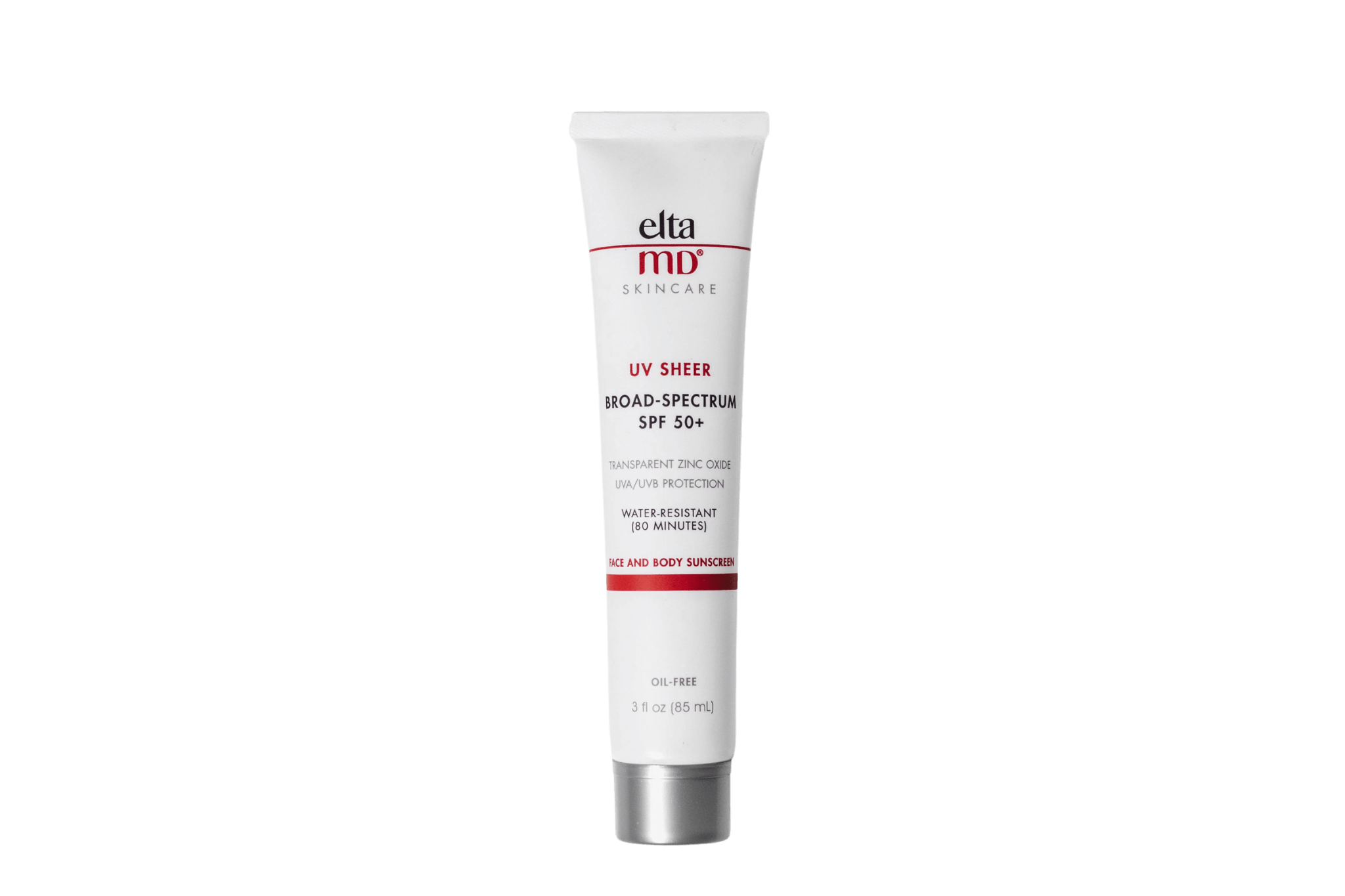
EltaMD UV Sheer Broad-Spectrum SPF 50
UV Sheer has a lightweight, hydrating formula that feels silky to the touch and light and airy on the skin. It goes on smooth absorbing quickly into skin and helps even out skin tone. This facial sunscreen offers up to 80 minutes of sweat and water-resistance making it the ideal choice for an active lifestyle, hot and humid weather and for anyone looking for a lightweight and hydrating sunscreen to live freely under the sun. UV Sheer is formulated to be compatible on all skin tones without leaving a white cast. 3.0 oz
